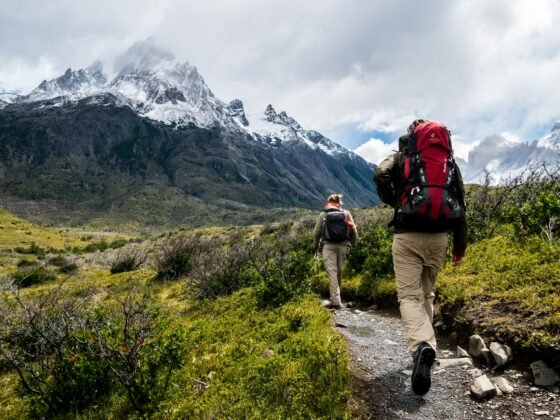
Many of us have a trip to see the spectacular Northern Lights (or to call it by it’s proper name the Aurora Borealis) on our bucket list. It can be tricky to know when to go and where to go to get the best experience, especially if it is going to be a once-in-a-lifetime trip.
The first question is where to go.
Where you should go to see the Northern Lights at their best? They can be seen all over the Northern Hemisphere from Scotland to Canada but the best views are definitely in Northern Scandinavia, and Finnish Lapland is one of the absolute best places of all. Basically within the Artic Circle your chances of seeing this incredible lightshow are at their highest. That far north there is no light pollution and the air quality is also crystal clear meaning that Mother Nature’s dramatic light show can be seen without interference.
The next question is when to go.
September and October are the warmest months for hunting the Aurora in Northern Europe. Once you get to November onwards you are looking at sub-zero temperatures which make nightime viewing pretty uncomfortable. Autumn is very definitely the best time to travel in search of the magical Northern Lights before a deep Nordic winter sets in.
It is important to consider that September and October are also the least cloudy of the winter months up north. You really don’t want to travel all the way to northern Finland only to be frustrated by thick cloud cover. You do of course get cloud in autumn but not so much as in winter and early spring. It tends to be drier in autumn and visibility is usually much better.
Not only is it weather dependent but it involves other scientific aspects too.
According to an expert, David Hathaway, a geophysicist at NASA, who looked at decades of reports on the subject, it has been discovered that the geomagnetic disturbances in the Earth’s atmosphere peak in September, October, March and April. These disturbances are what create the magnificent Northern Lights. It therefore follows that these months are the best time to go hunting for the Aurora Borealis as your chances of seeing them are so much higher.
I find the whole thing completely fascinating. Did you know that the lights are created by subtle shifts in the movement of the Earth which affects its magnetic fields and interplanetary magnetic forces? Around the autumn and spring equinoxes the Earth tilts away or towards the sun and this forces solar wind towards the Earth which creates cracks in our atmosphere. This then lets in the solar winds into our atmosphere which collide with gases and these create the colourful lights. Another reason for you to visit the Northern Lights in Autumn, especially around the equinox, for the best chance of a good sighting!
If you want to delve deeper, click here to find out more about the science behind the Northern Lights.
Anyway don’t just take our word for it. We spoke to the Founder and Managing Director of the Aurora Zone, Ali Mclean:
‘Autumn in arctic Europe is very often overlooked in favour of the winter months but, in my experience, it is one of the very best times to go Aurora hunting. The most spectacular Auroral display I have ever seen occurred in Finnish Lapland during September. I knew full well that those lights were at least 50 miles overhead but, I will never, ever forget involuntarily jumping out the way to dodge volley after volley of multi-coloured spears of light as they plummeted earthwards.’
What are you waiting for? Autumn is here and now is the time to book and go!











